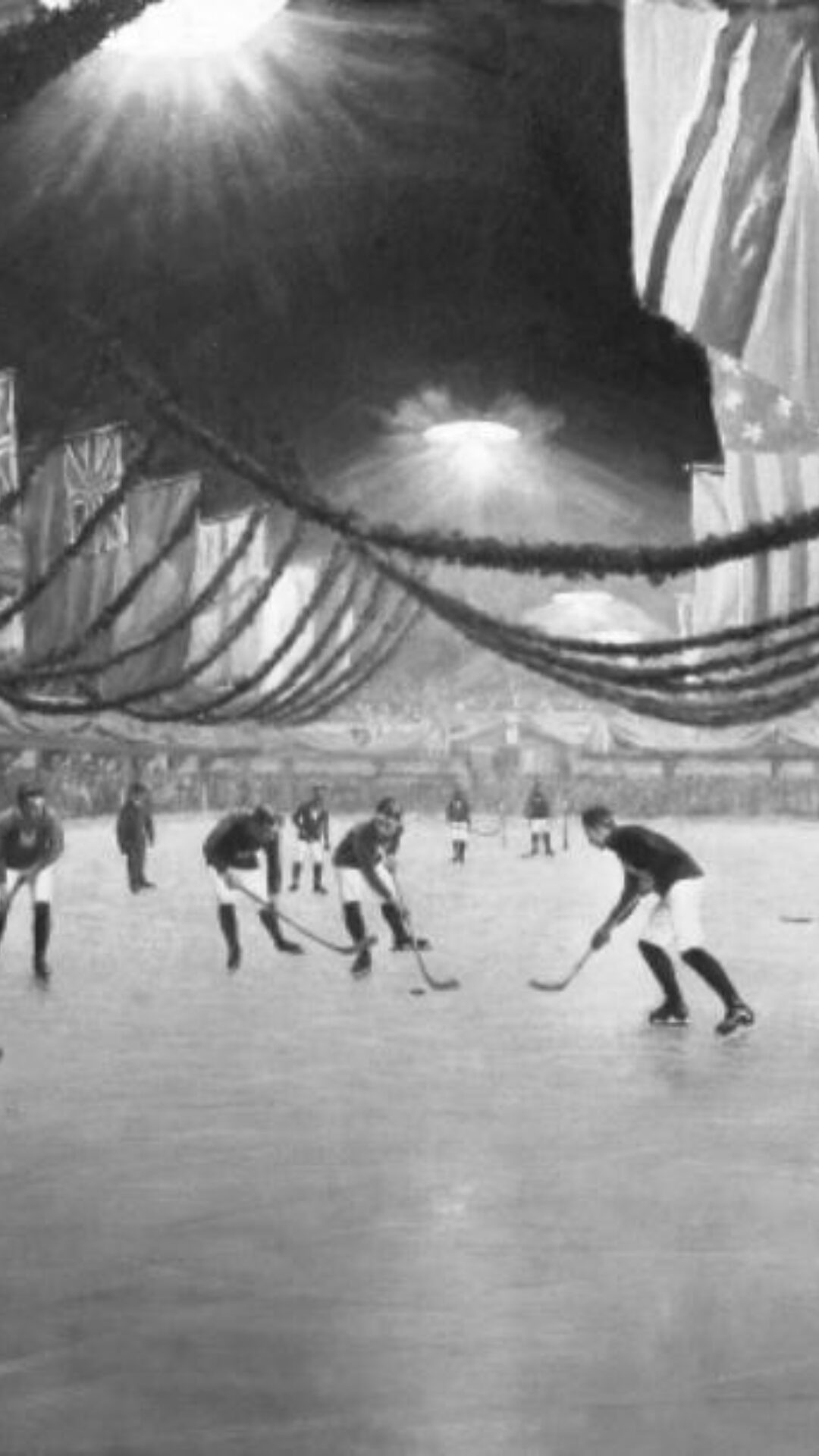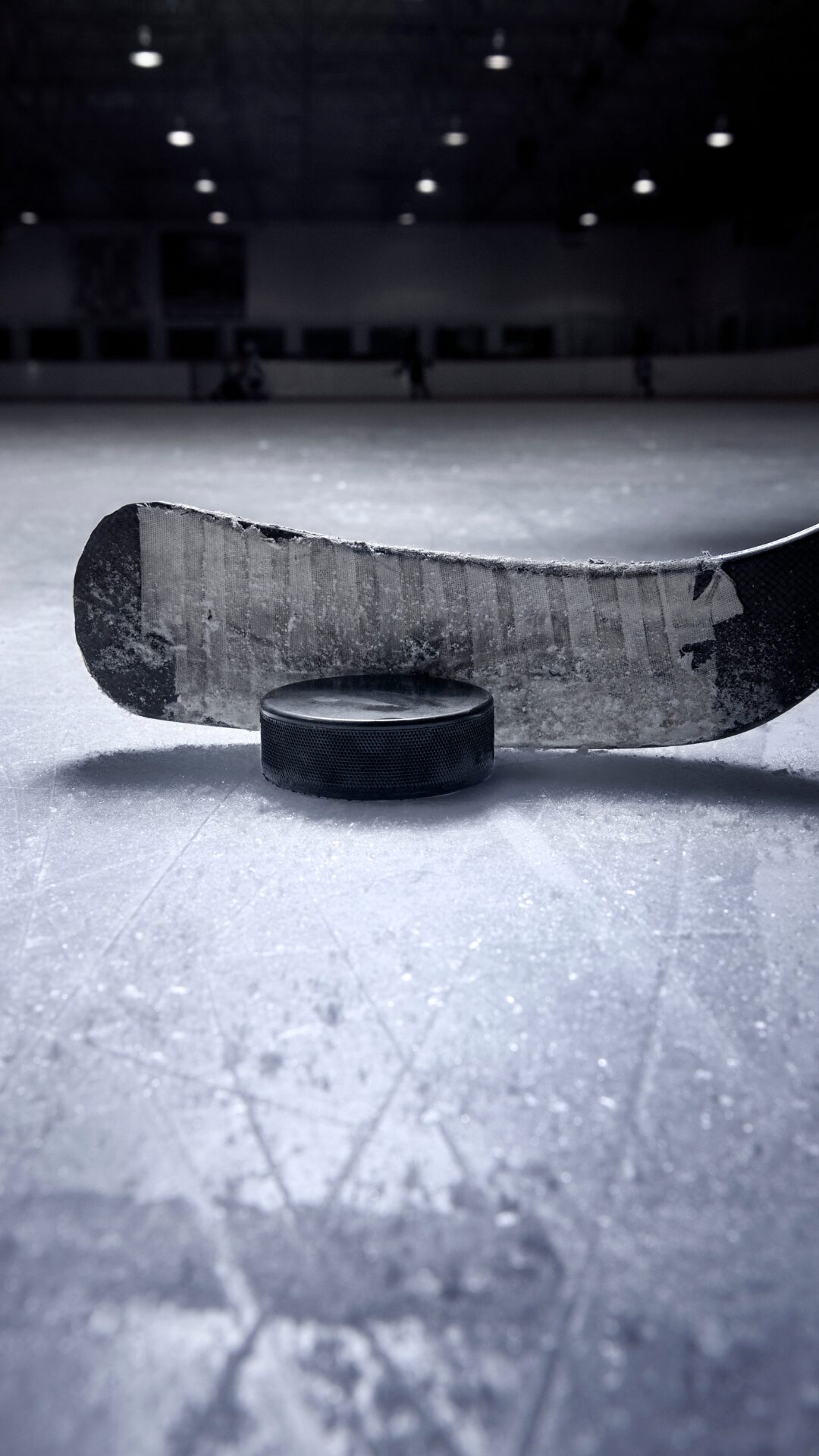3 fascinating anecdotes from the history of hockey
More than just a sport, hockey is a veritable institution. With its speed, intense contact and electrifying atmosphere, it captivates millions of fans around the world.
But hockey isn’t just about achievements and trophies. Its history is also full of surprising and little-known anecdotes.
Over the decades, the sport has witnessed some remarkable and sometimes unusual moments that have helped shape its evolution. From the very first official match that degenerated into a brawl, to the invention of the puck, to the mandatory use of helmets, hockey is full of amazing stories.
Today, let’s dive into 3 fascinating anecdotes from the history of hockey.

Anecdote 1: A brawl marked the very first official hockey match
On March 3, 1875, a historic moment took place at Montreal‘s Victoria Skating Rink, a rink hitherto reserved for figure skating and recreation. On that day, James Creighton, an engineer and journalist with a passion for sports, organized for the first time a structured ice hockey match with well-defined rules.
Creighton assembled students from McGill University and members of the Victoria Skating Club, forming two teams of nine players. The players played the game indoors and introduced several elements that would be used in modern hockey.
But by the end of the match, tensions were running high. Some members of the skating club, who had not participated in the match, were furious: they felt that hockey was deteriorating the ice and encroaching on their skating time. An altercation broke out between the disgruntled skaters and some of the hockey players.
According to Kingston’s Daily British Whig, “shins and heads were beaten, benches were broken and female spectators fled in confusion.”
So, right from its first official match, hockey was already showing its intense and explosive side!


Anecdote 2: From ball to puck: how a simple adjustment transformed the game
Originally, hockey was played with a ball, as in field hockey. But this ball quickly became a problem: it bounced unpredictably on the ice, making it difficult to control and increasing the risk of injury. Worse still, players would sometimes propel it off the ice, threatening spectators and shattering the windows of covered facilities.
Faced with these constraints, a simple but ingenious solution was found: to use a flatter, more stable object. According to some sources, in 1877, William F. Robertson came up with the idea of cutting a ball in half to create the first wooden puck, thereby limiting rebounds and improving control of the game.
This change, both practical and safe, marked an important step in the evolution of ice hockey. Easier to handle, the puck was immediately adopted and continued to evolve over time, switching from wood to vulcanized rubber for greater strength and fluidity. Today, the puck is one of hockey’s indispensable symbols, although the exact origin of this innovation remains unclear. Some accounts attribute its invention to Robertson, but sources vary and the evolution of the puck seems to have been a gradual process, adapted to the needs of the game and its practitioners.
Anecdote 3: The history of helmets in hockey: from an optional choice to a vital necessity
In the early decades of hockey, players played without any protection for their heads, despite the brutality of the game, the blows from the stick and the pucks thrown at high speed. At the time, players saw helmets as a sign of weakness, and very few dared to wear one.
All that changed in 1968, with the tragic death of Bill Masterton, a player with the Minnesota North Stars. During a game, he fell heavily and hit his head hard against the ice. Without a helmet to cushion the impact, he suffered a serious brain injury and died a few hours later. This tragedy left a lasting impression and reopened the debate on player safety.
However, it wasn’t until 1979 that the National Hockey League (NHL) took the radical step of making helmets mandatory for all new players joining the league. Veterans, on the other hand, could choose to continue without protection, provided they signed a waiver. Craig MacTavish, the last player to play without a helmet, didn’t hang up his skates until 1997.
Today, helmets are an essential part of hockey equipment. Not only does it protect against injury, but it has also evolved over time to better absorb shocks and reduce the risk of concussion.
A slow but essential transition that has saved many careers… and lives!

Bonus Anecdote: Why is Hockey called… Hockey?
The exact origin of the word “hockey” remains a mystery, but several theories exist.
One of the most widely held is that it comes from the Old French “hoquet”, meaning a curved shepherd’s crook. This shape is reminiscent of the early crosses used in medieval ball games on grass or ice.
Another, more surprising hypothesis takes us to England. During Hocktide festivities, a beer called “hock ale” was served, and the corks from these barrels would have been used as the first improvised “pucks”. The term hockey could thus be linked to these corks, nicknamed “hocky”.
It’s hard to say which of these origins is right, but one thing is certain: today, hockey has become a sport that goes far beyond its uncertain etymology!
In brief
These 3 fascinating anecdotes from the history of hockey show that there’s much more to the sport than goals, victories and trophies. Behind every game, every rule and every tradition, there are amazing stories that have shaped the sport.
So, the next time you watch a match, you’ll be able to think back to the anecdotes that make this sport so rich!
And if you want to discover more sports stories, don’t hesitate to have a look at the other articles available on the website.
You can also follow us on our social networks!
And to book your next BougeBouge race, go HERE.

